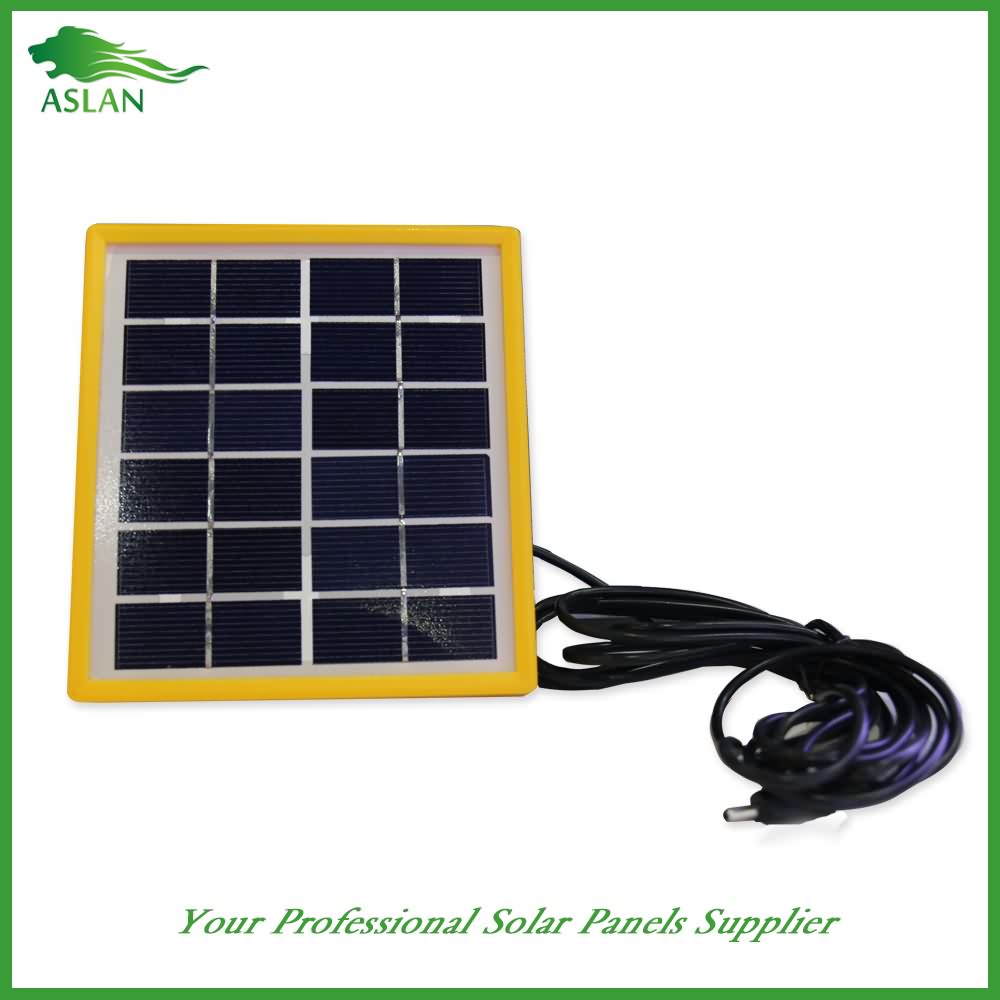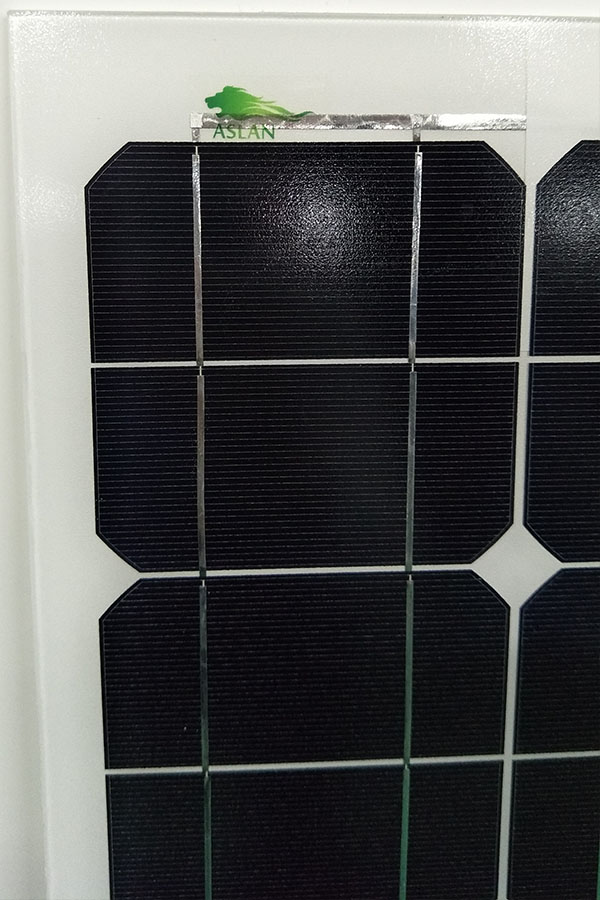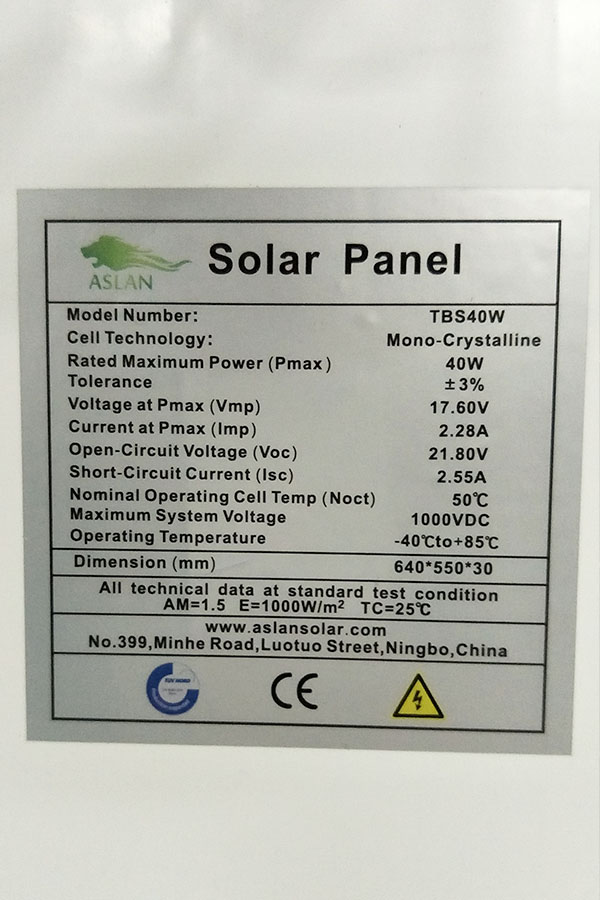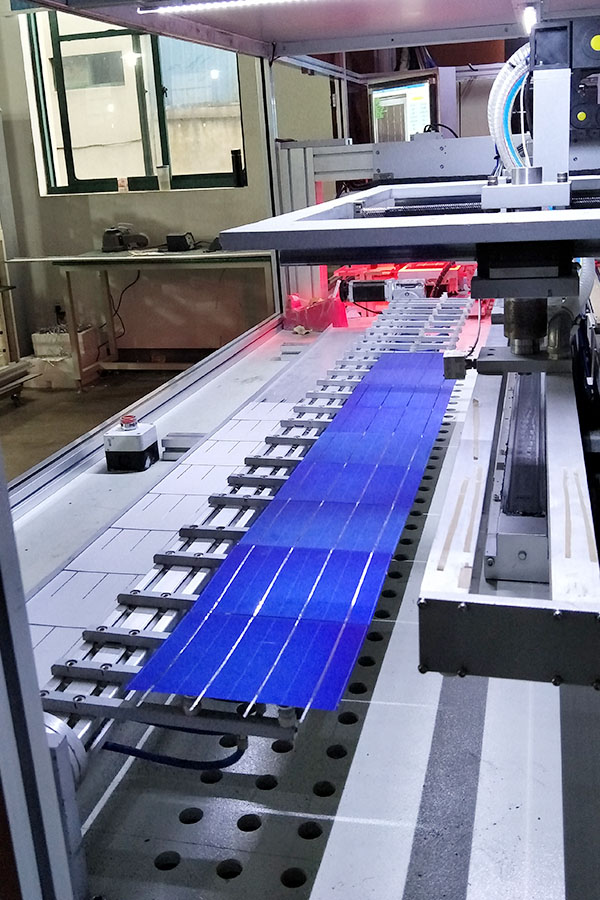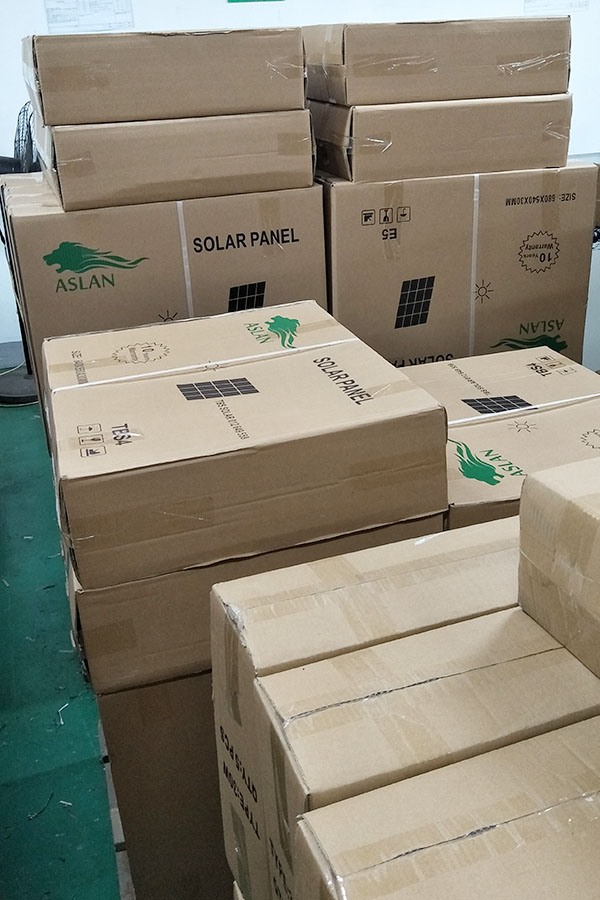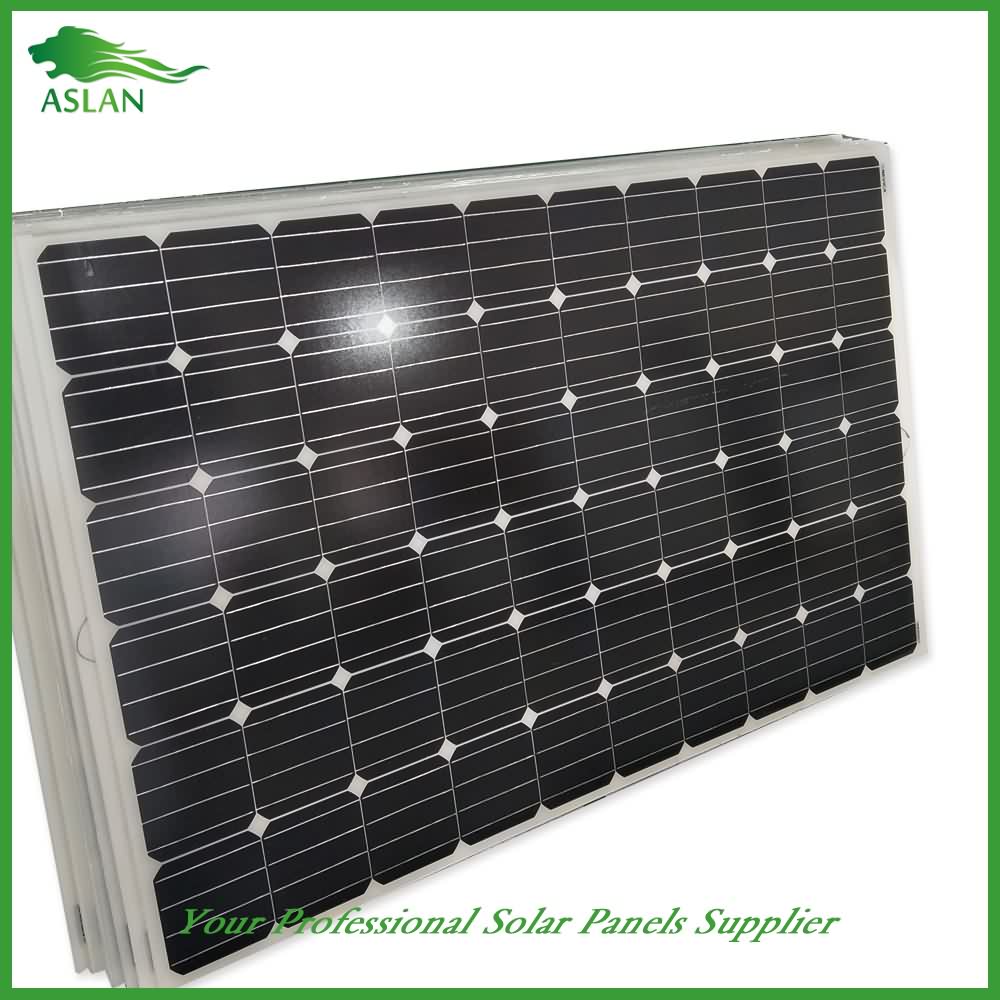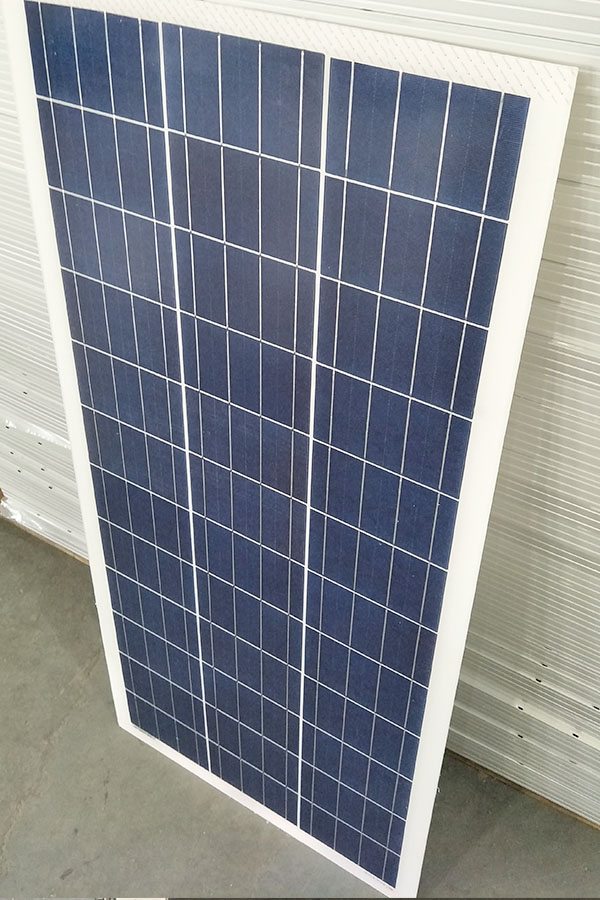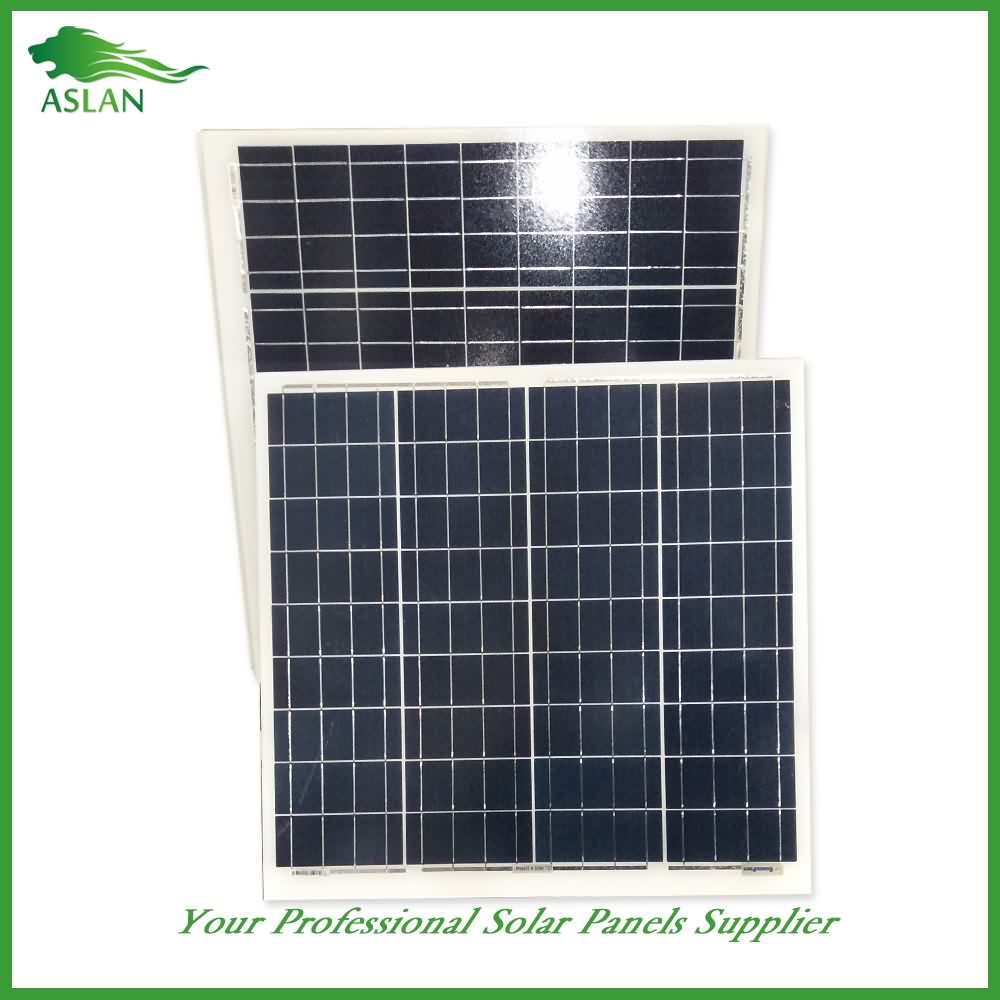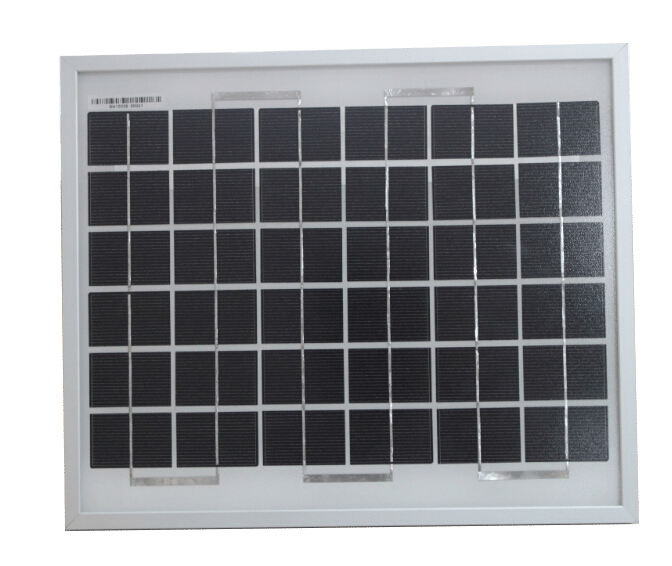Factory selling Poly-crystalline Solar Panel 2W Orlando Manufacturers
Short Description:
We rely upon strategic thinking, constant modernisation in all segments, technological advances and of course upon our employees that directly participate in our success for Factory selling Poly-crystalline Solar Panel 2W Orlando Manufacturers, We welcome you to inquire us by call or mail and hope to build a successful and cooperative relationship.
Poly-crystalline Solar Panel 2W
Technical parameter
Maximum Power(W) 2W
Optimum Power Voltage(Vmp) 6V
Optimum Operating Current(Imp) 0.34A
Open Circuit Voltage(Voc) 7.2V
Short Circuit Current(Isc) 0.37A
Mechanical Characteristics
Cell Type Polycrystalline
No of Cell 12 (2x6pcs)
Dimensions 145x145x18mm
Weight 0.4KGS
Front Glass 3.2mm, High Transmission, Low iron, tempered Glass
Temperature and Coefficients
Operating Temperature(°C): -40°C ~ + 85°C
Maximum System Voltage: 600V(UL)/1000V(IEC) DC
Maximum Rated Current Series: 10A
Temperature Coefficients of Pmax: -0.435%
Temperature Coefficients of Voc: -0.35%
Temperature Coefficients of Isc: 0.043%
Nominal Operating Cell Temperature (NOCT): 47+/-2°C
Materials of solar panel
1).Solar Cell——Polycrystalline solar cell 156*156mm
2).Front Glass——-3.2mm, high transmission, low iron, tempered glass
3).EVA——-excellent anti-aging EVA
4).TPT——-TPT hot seal made of flame resistance
5).Frame——anodized aluminum profile
6).Junction Box——-IP65 rated, high quality, with diode protection
Superiority: high quality anodized aluminum frame, high efficiency long life, easy installation, strong wind resistance, strong hail resistance.
Features
1. High cell efficiency with quality silicon materials for long term output stability
2. Strictly quality control ensure the stability and reliability, totally 23 QC procedures
3. High transmittance low iron tempered glass with enhanced stiffness and impact resistance
4. Both Poly-crystalline and Mono-crystalline
5. Excellent performance in harsh weather
6. Outstanding electrical performance under high temperature and low irradiance
Quality assurance testing
Thermal cycling test
Thermal shock test
Thermal/Freezing and high humidity cycling test
Electrical isolation test
Hail impact test
Mechanical, wind and twist loading test
Salt mist test
Light and water-exposure test
Moist carbon dioxide/sulphur dioxide
This video shows my next generation of peltier experiments where I explore using water or liquids as the cooling/heating medium instead of air. I am on a quest to find out what works best and most efficient so that I can use that knowledge to build devices in the future such as refrigerators, air conditioners, and maybe even an ice maker.
To buy the materials to build your own:
http://amzn.to/2uSJCVO
http://amzn.to/2sVa8MX
http://amzn.to/2tQMNAB
http://amzn.to/2sUPWuK
http://amzn.to/2sULUCG
http://amzn.to/2uSGWYd
These components are available as a kit on kit.com:
https://kit.com/LDSreliance/diy-water-cooler-peltier-device
MIT 2.627 Fundamentals of Photovoltaics, Fall 2011
View the complete course: http://ocw.mit.edu/2-627F11
Instructor: Joe Sullivan
This video summarizes how a solar cell turns light-generated mobile charges into electricity, highlighting the cell’s physical structure with layers with different dopants, and the roles of electric fields and diffusion of holes and electrons.
License: Creative Commons BY-NC-SA
More information at http://ocw.mit.edu/terms
More courses at http://ocw.mit.edu
